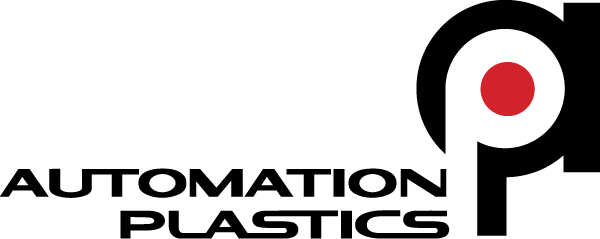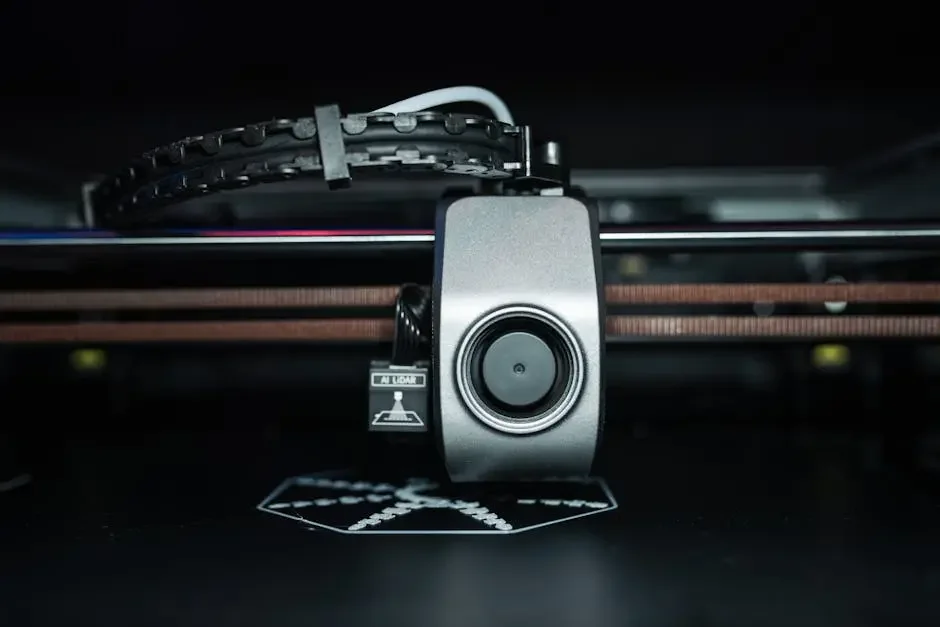How Plastic Injection Molding Transforms Manufacturing
Plastic injection molding is more than just a manufacturing process; it's a game-changer for various industries. In this blog, we'll explore how this innovative technique shapes the future of production, enhances efficiency, and reduces costs while delivering quality products.
What is Plastic Injection Molding?
Let's start with the basics. Plastic injection molding is a manufacturing process used to create parts by injecting molten plastic into a mold. This method allows for mass production of intricate shapes and designs, making it a staple in the manufacturing world.
Imagine a world where precision and efficiency come together seamlessly. That's what plastic injection molding offers. The process not only involves heating plastic to a liquid state but also requires skilled expertise to create molds that can withstand intense pressure. This ensures that every piece produced is consistent and meets the highest standards.
In essence, the beauty of plastic injection molding lies in its versatility. It can produce anything from tiny components to large parts, catering to various industries. Furthermore, the ability to use multiple types of plastics means that manufacturers can tailor their products to meet specific requirements, enhancing the overall functionality.
Advantages of Plastic Injection Molding
One of the most compelling reasons to use plastic injection molding is its efficiency. This process significantly reduces production time and waste, making it cost-effective. Additionally, it ensures consistent quality across all pieces, something that is crucial for industries relying on precision.
Let's delve deeper into manufacturing costs. With traditional methods, the expense can quickly add up due to labor and material wastage. However, with plastic injection molding, once the mold is created, the cost per unit drops dramatically. This is particularly beneficial for mass production runs, where a single mold can produce thousands of identical parts.
Moreover, the adaptability of this technique allows manufacturers to innovate continuously. Companies can experiment with new designs and materials without the fear of significant financial loss. This agility empowers businesses to respond swiftly to market demands or changes in consumer preferences, keeping them ahead of the competition.
In addition to cost savings, the environmental impact of plastic injection molding has become more favorable over time. By optimizing production processes and minimizing waste, manufacturers can operate in a way that is more sustainable. It's a win-win situation—efficiency doesn't just save money; it also contributes to a greener planet.
Applications Across Industries
From automotive to consumer electronics, plastic injection molding has a wide array of applications. We'll take a look at various industries that benefit from this transformative manufacturing process and how it meets their specific needs.
In the automotive sector, for instance, the lightweight characteristic of molded plastic parts contributes to overall vehicle efficiency. Dashboard components, electrical housings, and even body panels are crafted using this process. Manufacturers appreciate not just the lower weight but also the reduced costs associated with using less material. This results in cars that are not only more fuel-efficient but also more affordable for consumers.
Then we have the consumer electronics industry, where the trend toward sleek, modern designs means that intricate shapes and forms are essential. Plastic injection molding can create low-cost but highly durable smartphone cases, remote controls, and various other device housings. This capability allows for mass customization, where companies can produce unique designs based on consumer trends without significant investment or risk.
Furthermore, the medical industry uses plastic injection molding for a variety of applications, such as specialized instruments and components for devices like insulin pens and inhalers. Here, the precision and reliability of the parts are crucial, and the ability to ensure high-quality products consistently through the molding process is invaluable.
Sustainability in Plastic Injection Molding
In today's world, sustainability is a key consideration in manufacturing. This section will discuss how advancements in plastic injection molding techniques are leading to more eco-friendly solutions, such as the use of recycled materials and energy-efficient practices.
As consumers become more conscious of their environmental footprint, manufacturers are stepping up to meet this challenge. With a focus on sustainability, the plastics industry is investing in the development of greener materials. Biodegradable plastics and recycled polymers are gaining traction, making their way into the injection molding process, thus lowering the carbon footprint.
Additionally, energy-efficient machinery has revolutionized the traditional processes involved in plastic injection molding. New technologies allow manufacturers to significantly cut energy consumption, which not only reduces costs but also positively impacts the environment. It's a shift that aligns profit with responsibility, demonstrating that businesses can thrive while honoring their commitment to the planet.
Moreover, the end-of-life implications of plastic products are increasingly being addressed. By designing products with their lifespan in mind, manufacturers are not only complying with regulations but also promoting a circular economy. This approach encourages recycling and reusing, ensuring that the valuable resources used in plastic injection molding don’t end up as waste.
The Future Trends in Plastic Injection Molding
As technology progresses, plastic injection molding is evolving too. We'll explore emerging trends such as automation, 3D printing integration, and smart manufacturing, providing insights into what the future holds for this crucial process.
One of the most exciting developments is the integration of automation. With robots taking on repetitive and essential tasks in production lines, manufacturers can significantly boost their efficiency. This not only speeds up manufacturing but also minimizes human error, leading to higher-quality products that meet stringent standards.
Additionally, 3D printing is becoming an integral part of the injection molding landscape. This technology allows companies to prototype parts quickly and efficiently, reducing the time needed for the design phase. Once a design is perfected, creating the final product using plastic injection molding becomes a straightforward process that leverages the intricacy of both methods.
Lastly, smart manufacturing is on the rise. By incorporating data analytics and IoT technologies, manufacturers can monitor their processes in real time. This seamless connection provides insights into production efficiency, material use, and even predictive maintenance, allowing companies to adapt quickly and make informed decisions that drive productivity.
The Future of Manufacturing with Plastic Injection Molding
Understanding the impact of plastic injection molding is crucial for anyone in the manufacturing sector. It not only streamlines production but also opens doors to creativity and innovation. As technology continues to advance, this process will undoubtedly play an essential role in the evolution of manufacturing.

